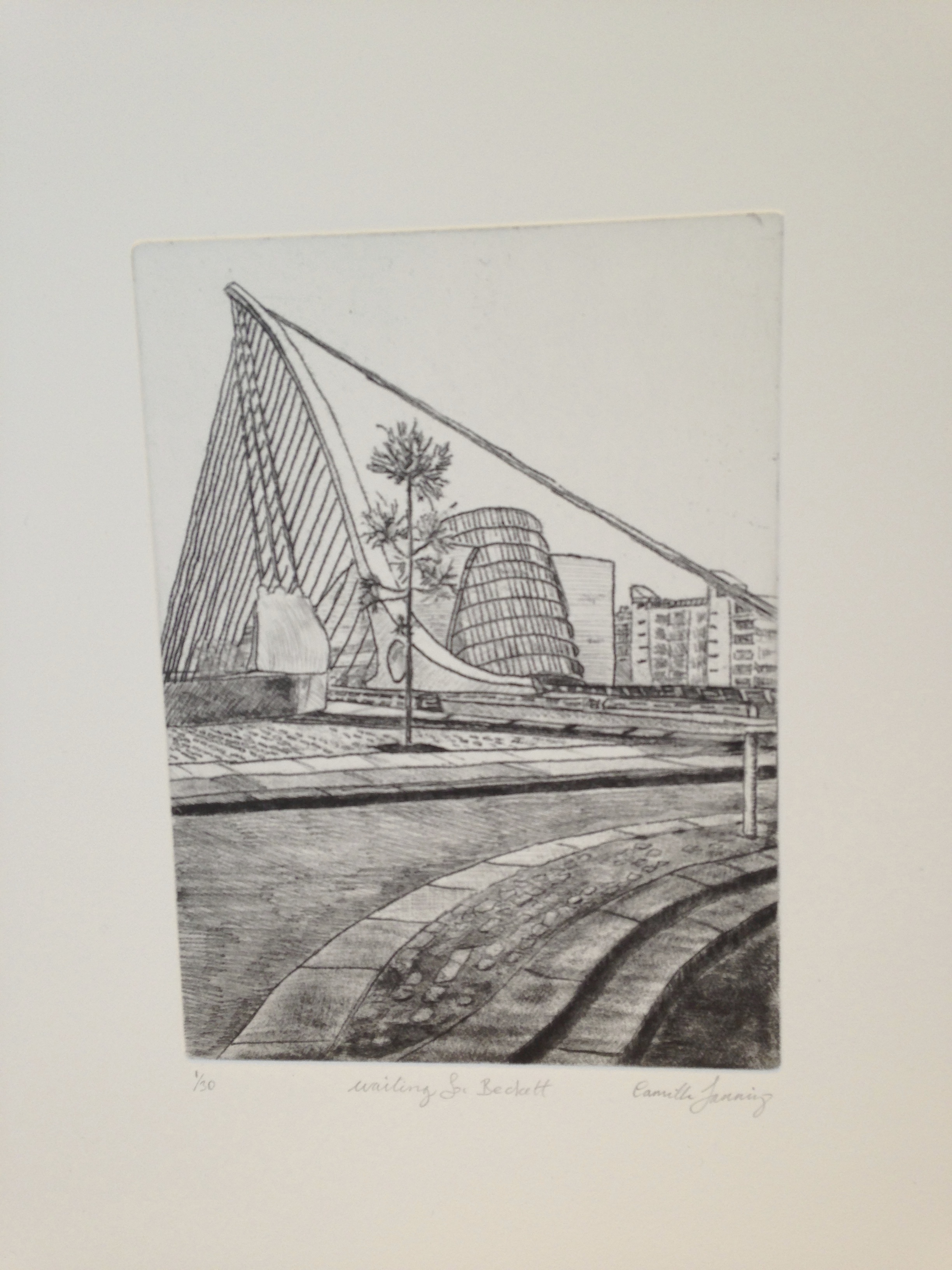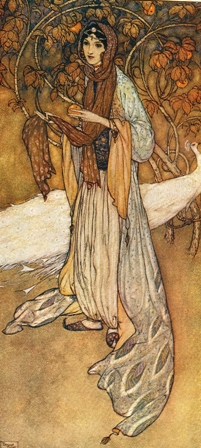Raining Madiba
 Sunday, December 15, 2013 at 4:36PM
Sunday, December 15, 2013 at 4:36PM The year is 2008, the month is August, and I am in South Africa, the land of my birth. It is a very chilly morning in the Cape as we set out for Groot Drakenstein prison, formally known as Victor Verster. It is so chilly in fact, that we make sure we have extra layers of clothing under our smart outfits.
My husband and I are privileged to be invited to the unveiling of a 3,2 metre statue by the sculptor Jean Doyle. This is no ordinary sculpture, for it commemorates a significant event in 1990, and a historic moment in Nelson Mandela’s walk to freedom.
The bronze statue marks the spot outside the prison where Nelson Mandela took his first steps as a free man after twenty seven years.
We drive from Cape Town to the Cape Winelands. As we approach the prison after an hour long drive, we go through at least three security checks, confirming for us that Madiba will indeed be present at the unveiling. He is!
We are welcomed by Tokyo Sexwale, who commissioned the sculpture, into a huge marquee, erected especially for the event. We mingle with the other guests and are delighted when we are introduced to Ahmed Kathrada and Eddie Daniels, both of whom were on Robben Island with Nelson Mandela. We discover that it is Ahmed’s 79th birthday today and that Eddie is 80 years old, despite the fact that he looks as if he is in his late 60’s!
“Tell them about the day you stole the newspaper from Brother September when he was praying”, says Ahmed to Eddie, who replies that “It was a spur of the moment thing!” We laugh together as this tale and others are shared.
Eddie tells us that they are healthy now in their old age because when they were young they did physcial labour, ate no fatty foods and had discipline! Realizing what he is referring to, we all burst out laughing again.
The time for the unveiling arrives and we move outside. The wind is blowing and it is raining. My small umbrella keeps blowing inside out. Next to us stand the Brand family. Mr Brand was Nelson Mandela’s prison warden. I look at him and am overwhelmed as I am confronted head on with the overwhelming power of forgiveness and reconciliation.
To our right is a special tent that has been set up for Madiba and his family.
Speeches are made and then the moment arrives. As the statue is unveiled, the skies open further and there is the most incredible downpour in that instant! Perhaps I should not be surprised but I am. Such a downpour is considered a blessing in Africa. I am witnessing a special moment. Not only those of us present, but all of nature, is applauding and approving.
I decide that the rain will not deter me. I cannot go home without at least one photo of Madiba. I make my way as close as possible to the open-sided tent. A lady next to me shares her huge black umbrella with me as I hold up my camera and shakingly click.
Later, my sms to my children reads, “Drenched but happy. Saw him. Love Mom”
Five years have passed and I now live in Dubai. In Abu Dhabi this week I attended the memorial service for Nelson Mandela, who passed away on 5 December.
After the service, my dear friend Bahareh Amidi, who recited at the memorial, encouraged me to create an artwork as a tribute to Madiba. I got out my photos taken at the unveiling, picked up my iphone, and allowed my fingers to create a piece.
The resulting artwork is entitled “Raining Madiba” and depicts Nelson Mandela becoming a raindrop which blesses the entire world.
Today I was honored to share it at a special event in Dubai. South Africans from all over the region gathered together with friends at the Al Habtoor Grand Hotel, to watch a live broadcast of Nelson Mandela’s funeral in Qunu, his rural home village in the Eastern Cape Province.
Thank you to Phebus Georgiades, secretary general of the South African Business Council in the UAE for allowing me to do so. Mr Georgiades organized the memorial event in coordination with the South African Consulate General.
Thank you to to all who have encouraged me and thank you to all who shared with me what they see in the artwork.
May "Raining Madiba" continue to foster reconciliation and love amongst us all.

